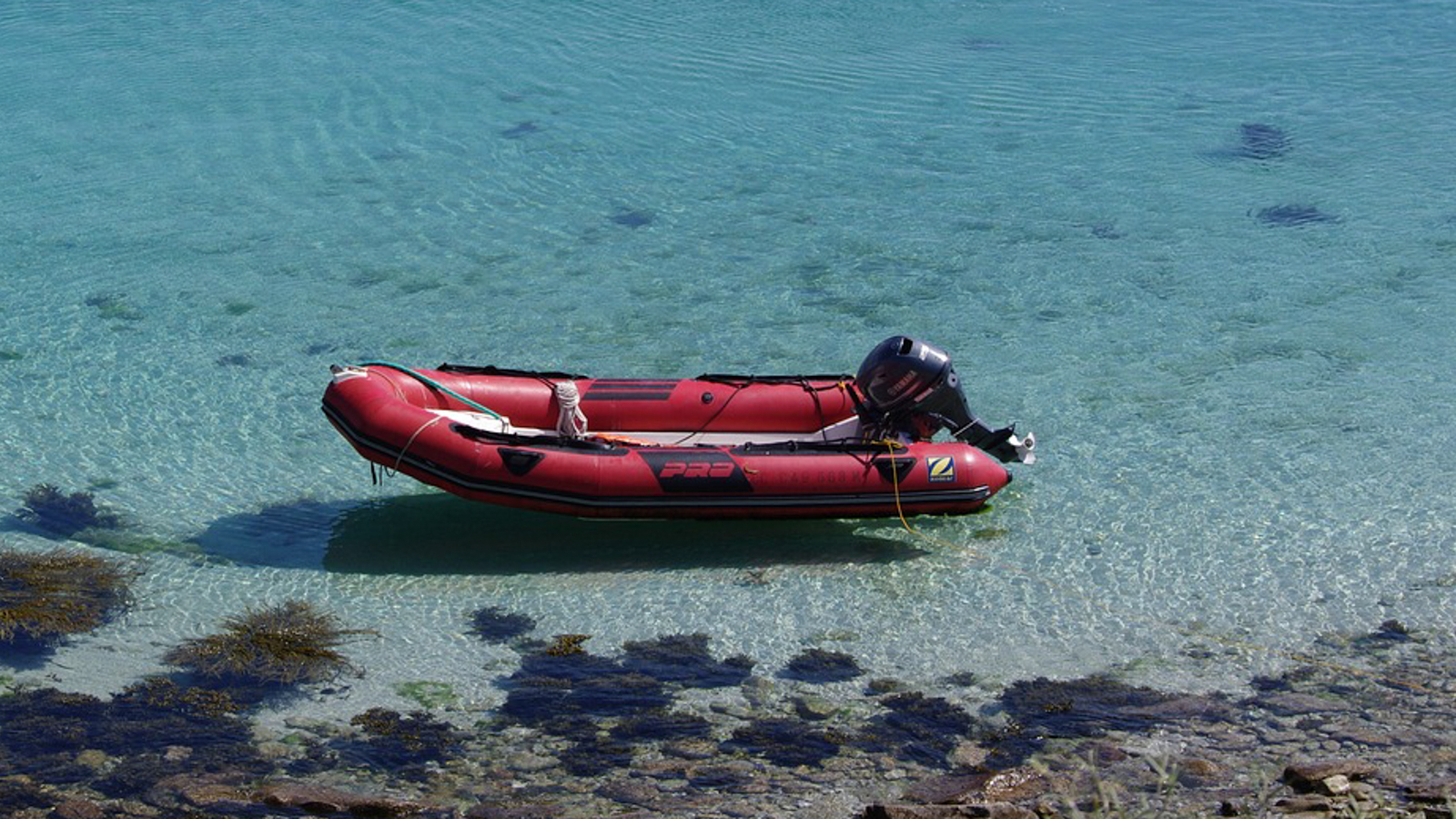How to moor your inflatable boat correctly? Is it better to moor stern-to or bow-to? And how to secure the inflatable boat correctly? How many
And we at the Marina Porto Antico tourist port in Genoa know this very well, because here, on our docks overlooking the Ligurian Sea, we see boaters adopting various techniques. And yes, we see inflatable boats opting for bow-to mooring and others preferring stern-to, some using many lines, some being more economical, and so on. Today we want to summarize the basics for always interpreting the
Mooring the inflatable boat: stern-to or bow-to?
The question of how to moor an inflatable boat could require a book-length answer. First, let’s briefly review the different types of mooring possible (depending also on the available space and type of berths offered by the marina in question):
Stern-to mooring: this is the most traditional method, and the most common. The reason is simple: boaters appreciate the ease of access to the boat; however, this isn’t always the case with inflatable boats, and more generally with small boats with an outboard motor!
Bow-to mooring: slightly less seamanlike, also known as “Mediterranean-style,” it’s unbeatable in terms of safety and mooring speed, even though it makes leaving the port less immediate.
Alongside mooring: finally, there’s the option – obviously not always possible in marinas – of mooring parallel to the dock. This option is preferable when there will be frequent movement of people and goods from the dock, providing very wide and safe access.
The third option is almost always excluded when permanently mooring an inflatable boat in a marina, simply due to the layout of the berths. Therefore, stern-to and bow-to options are most common. Generally, one can first consider the
In all other situations, stern-to mooring proves to be the most widespread, recommended, and appreciated. The challenge comes from entering in
How to secure the inflatable boat: lines and mooring buoy
Once you’ve decided how to moor the inflatable boat, all that remains is to prepare well for entering the port, knowing in advance everything you’re going to do. Let’s consider typical stern-to mooring. Once near the berth, position yourself to enter stern-first; when close to the dock,
The right fenders for an inflatable boat
Many think that fenders are completely unnecessary for an inflatable boat: after all, we’re talking about a hull surrounded by tubes, right? Well, things aren’t exactly like that, as there are several aspects to consider. First of all, not even the tubes like being rubbed against docks or other boats; secondly, it’s not always just the tubes that are exposed to impacts with what surrounds the inflatable boat in its berth. For this reason, having fenders aboard is always an excellent idea, taking care to choose the most suitable models for your hull. There are indeed, as many know, articulated fenders that, thanks to their flexibility, can perfectly adapt to the tubes, proving in many cases more effective than traditional cylindrical or spherical devices.
Booking the right berth
Finally, the last tip for properly mooring your inflatable boat is to book the right berth, in a marina with solid and well-maintained docks, with pontoons that are well-maintained and protected if possible from rough seas. This is the case with our Genoa marina, protected by the city Port’s breakwater, which in addition to 270 berths for boats from 10 to 75 meters also features a picturesque dock for boats from 5 to 7 meters, alongside beautiful Ligurian fishing boats.



